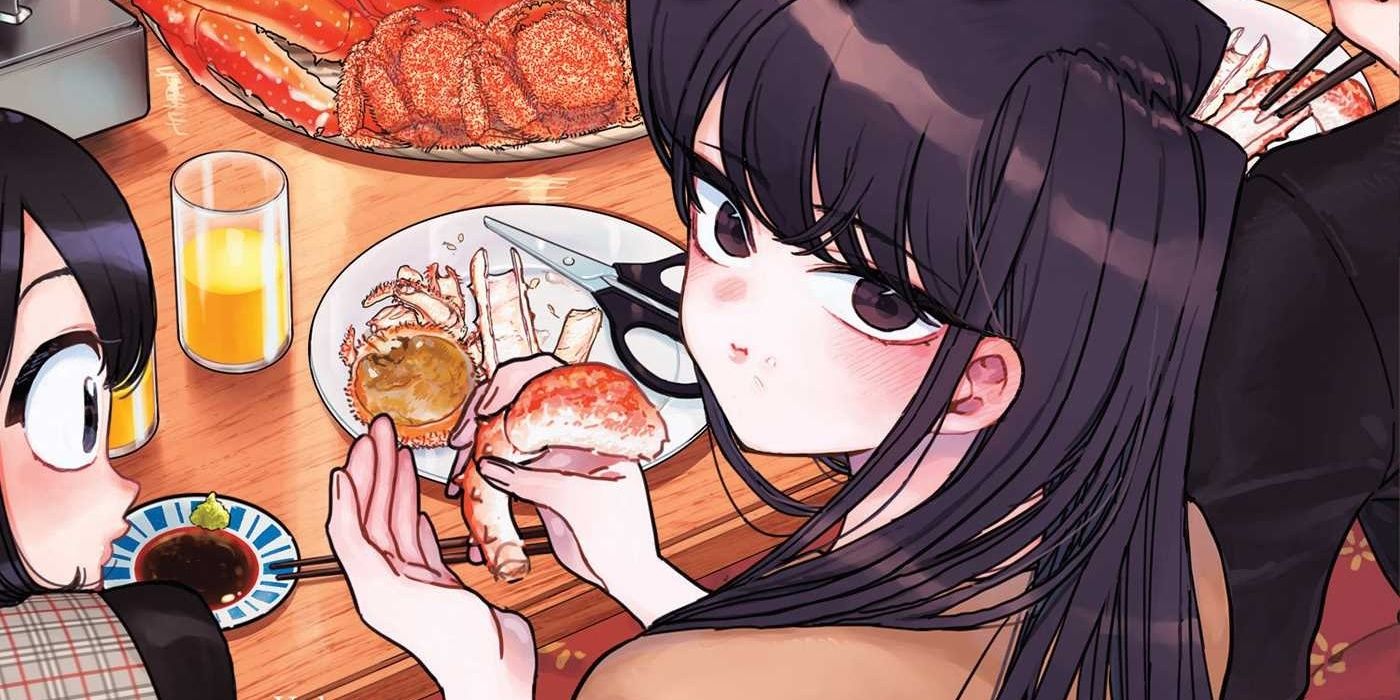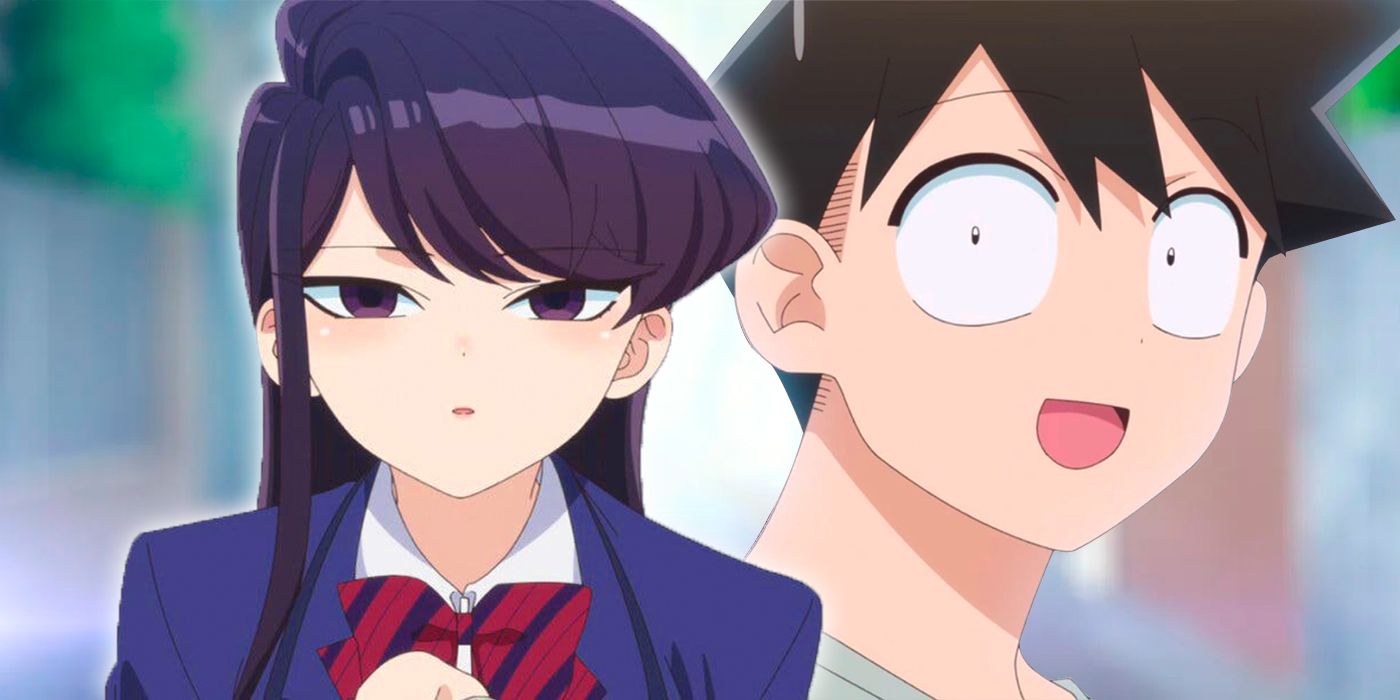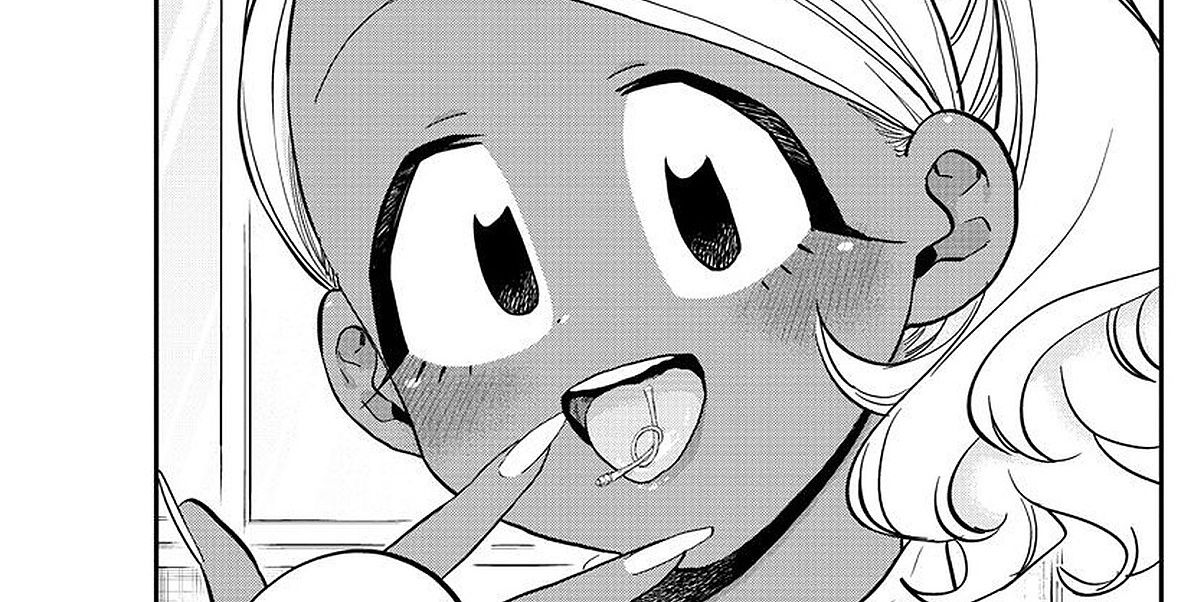The following contains spoilers for Volume 20 of Komi Can't Communicate by Tomohito Oda, published by Viz Media.
Komi Can't Communicate was launched years ago as an easygoing high school slice-of-life comedy manga series -- one that had trace elements of the easygoing iyashikei concept and a subtle but ever-increasing romantic element to it as well. For years, this series was based on countless skits and short chapters, giving it an open-ended feel. However, by Volume 20, all that is changing.
Deep down, the Komi Can't Communicate manga is still true to its central premise and tone, but it has also evolved and sharpened its storytelling. By now, the manga is fully embracing the conventional slice-of-life ideas that it had once gently parodied in hundreds of prior chapters, and this feels like a proper evolution of the series rather than an abrupt shift in the plot. In fact, something like this was overdue, and it may only expand the series' already broad appeal.
The Consolidation of Komi Can't Communicate's Story
A slice-of-life anime or manga series has perks and downsides. On the upside, the story can keep inventing new skits or mini-plots to keep the story going as long as the author chooses, and this open-ended nature means that a popular series like Komi Can't Communicate can entertain fans for many years without feeling drawn-out. On the downside, this means that pound for pound, circular stories like Komi rarely match the emotional weight or fascinating plots of more linear stories.
Fans of serious drama, romance and intrigue will be disappointed by the watered-down content of series like Komi, but in recent volumes, it seems the Komi Can't Communicate manga can get it both ways. Starting with Volume 18, a passionate love triangle blossomed between Komi, Tadano and Rumiko, and as of Volume 20, Rumiko's seemingly forbidden feelings for Tadano are growing even stronger, which could lead to some substantial story arcs.
In recent volumes, the story of Komi became much more condensed, consolidating itself around a smaller core cast of characters who really drive this new plot forward. At times, the manga still makes full use of its huge ensemble cast, but the bulk of Volume 20 is a streamlined story centering around the dandere Komi Shoko, her love interest Tadano Hitohito and the new girl, Manbagi Rumiko -- the gyaru who can't help falling for her best friend's own crush. In Volume 20, most chapters are dedicated to these three characters and their misadventures at a ski resort, including Rumiko and Tadano getting accidentally left behind and fending for themselves at the hotel until they can get home the next day.
The scene, while just as wholesome and innocent as previous Komi chapters, also heralds the arrival of a new era in the story, where lengthier, more substantial story arcs take the place of short comedy routines at school. It all started with the love triangle's genesis during the school festival in Volume 18, and Volume 20 helps solidify that trend and take the Komi manga in new directions.
How the Komi Can't Communicate Manga Grew Up With Its Characters
In a way, the narrative itself has grown up and become mature at the same rate as the characters themselves, which gives the Komi manga an even stronger sense of progress and momentum. Teenage characters like these have plenty of growing up to do, and over time, Komi herself has gone from an unassertive wallflower to a strong-willed young lady who fights hard for the happiness of others, most of all her own love rival Rumiko. She won't run away any longer -- Komi is ready to grow up, face her fears and confront many challenges, and the same is true of Rumiko herself. These two girls may be romantic rivals, but it has actually brought them together and given the Komi manga a more traditional and substantial foundation to stand on. This manga's days of playfully parodying rom-com stories are over.
It's almost as if the manga itself were a nervous child at first, keeping serious drama at arm's length while bashfully mimicking common rom-com story beats and high school anime tropes without truly committing to them. In a good way, it was almost as though the Komi manga refused to have a strong voice of its own, but when it grew up with the characters, the Komi manga became more sure of itself. By now, the story is confident enough and has enough momentum to properly become the very thing it once parodied, and this feels like a natural evolution of the story. 200+ chapters of aimless fun was all building up to this, and the payoff is huge.
Potentially, this new, more substantial paradigm of the Komi manga could persist to the very end, possibly culminating in a much-anticipated love confession between Komi and Tadano. They aren't the comedy skit characters they once were -- they are proper romance protagonists, and they're in a position to take it all the way. After all this time, it's the least the Komi Can't Communicate manga can do to reward its many readers' patience.



